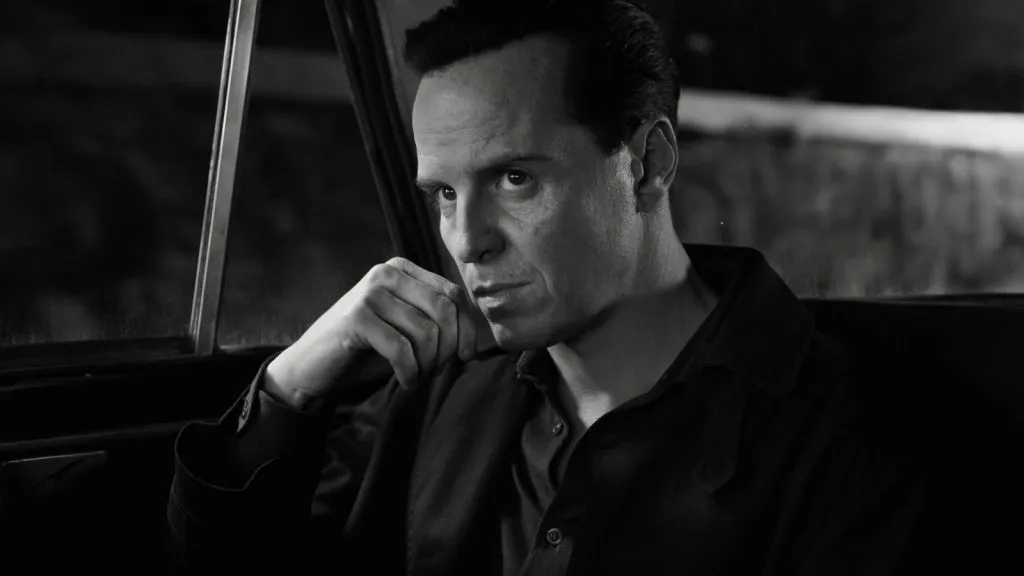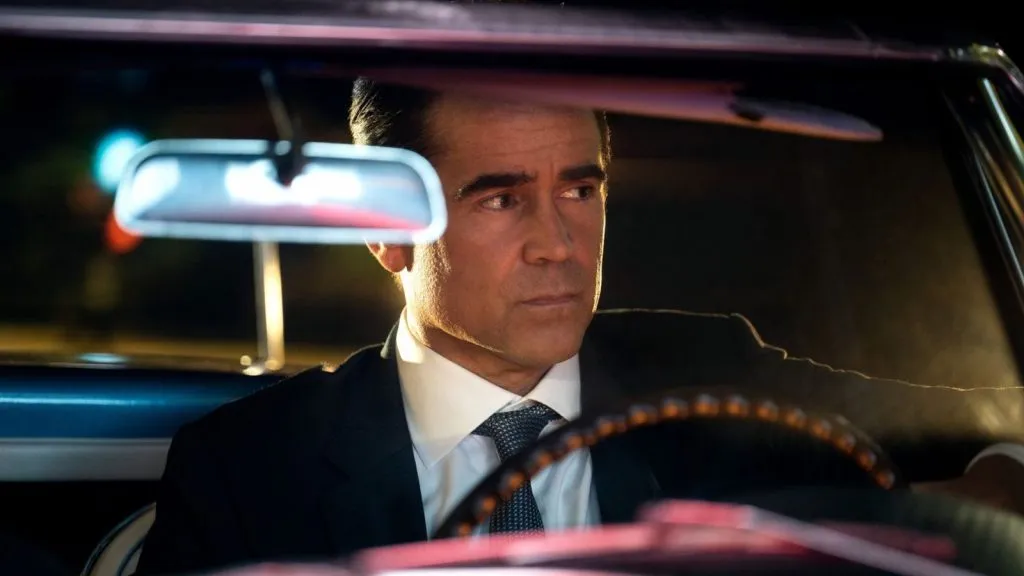
Despite its disappearance from cinema screens, the genre of film noir has made a comeback in a different form, thanks to Ripley and Sugar.
How typical. Just when you’ve been waiting for a great film noir for decades, two suddenly appear, but with a twist that sets them apart from previous ones.
During the 1940s and ’50s, the genre reached its peak with films of the era featuring disillusioned detectives in stylish fedoras solving sordid crimes involving seductive femme fatales.
The neo-noirs of the 1990s, including films such as The Grifters, One False Move, The Last Seduction, Devil in a Blue Dress, Bound, and LA Confidential, sparked a revival decades later.
However, the cinematic landscape has drastically changed. Superhero films, animated features, and sci-fi blockbusters now reign supreme in the multiplexes, leaving little opportunity for low-budget thrillers to be shown in theaters.
Film noir has made a comeback this week, but in a different format – on television. Ripley has launched on Netflix and Sugar has dropped on Apple TV, both shows representing the genre in distinct ways. However, be warned of potential SPOILERS ahead as we delve into further details.
Ripley evolves into dark film noir

Andrew Scott as master manipulator Tom Ripley.
The eight-part adaptation of Patricia Highsmith’s 1955 novel The Talented Mr. Ripley, known as Ripley, differs from its well-known 1960 and 1999 sun-drenched adaptations. This new version, written and directed by Steven Zaillian, utilizes a crisp black-and-white aesthetic that perfectly captures the cold and unflinching nature of the main character. This stylistic approach draws inspiration from French Expressionism, similar to the film noirs of the past.
In the initial episodes of the show, Andrew Scott portrays the character of Tom Ripley as a male femme fatale (although we could also refer to him as a butch fatale, but that term doesn’t accurately capture his performance). Dickie Greenleaf, a wealthy playboy, is quickly enchanted by Tom’s charms, resulting in dark consequences in the thrilling third episode.
At the halfway mark, the series takes a turn and shifts its focus from Tom Ripley’s crimes to a police investigation. We are now shown the Italian police delving into the very crimes that were previously the main focus of the show.
The hard-boiled detective on the case, Police Inspector Pietro Ravini (Maurizio Lombardi), is a classic film noir cynic who is tasked with finding Dickie. Throughout his search, he interrogates American tourists with barely concealed disdain. However, the show’s final scenes reveal a twist that leaves Ravini as the butt of the joke. This twist also highlights the fact that, as is often the case in the best film noirs, crime ultimately pays for Tom Ripley.
Embracing the Genre from the Beginning

Colin Farrell as private detective John Sugar.
The Apple series Sugar continues to strongly embrace its genre, with Colin Farrell portraying the main character, John Sugar, a private detective who begins the show in black-and-white despite its modern setting.
In Tokyo, Sugar is known for locating missing persons for individuals who prioritize privacy. The opening sequence, set in a colorless atmosphere, establishes that we are not just in a foreign country, but also experiencing a glimpse of a bygone era.
When Sugar returns to Los Angeles, the show maintains its vibrant aesthetic, but the references to film noir become even more prominent. In the first episode, Sugar is presented with the same gun used by John Ford in The Big Heat. Throughout the series, scenes from classic films such as Gilda and Kiss Me Deadly are interspersed on screen. This continues in the second episode with shots from Dead Reckoning and Knock on Any Door. The overall effect is reminiscent of Steve Martin’s parody film, Dead Men Don’t Wear Plaid, but here the tone is much more serious.
Sugar, in addition, includes important elements of film noir such as voiceover and flashbacks. As John cruises through the city, passing by aged buildings in his vintage car, the scene shifts to black-and-white, giving the impression that this could easily be a bygone era.
The showrunner Mark Protosevich and director Fernando Meirelles have made very specific creative decisions for this project. According to Apple, the show has been described as “genre-bending,” which suggests that there may be more depth to it than initially perceived. Therefore, we will continue to monitor how closely Sugar adheres to its movie influences as the series unfolds.
Despite its current state, Sugar remains an engaging TV drama that, much like Ripley, offers the film noir excitement that is sorely missing from modern movie theaters.
Both Sugar and Ripley are now currently available, and for additional streaming options this month, you can head over here.




Leave a Reply